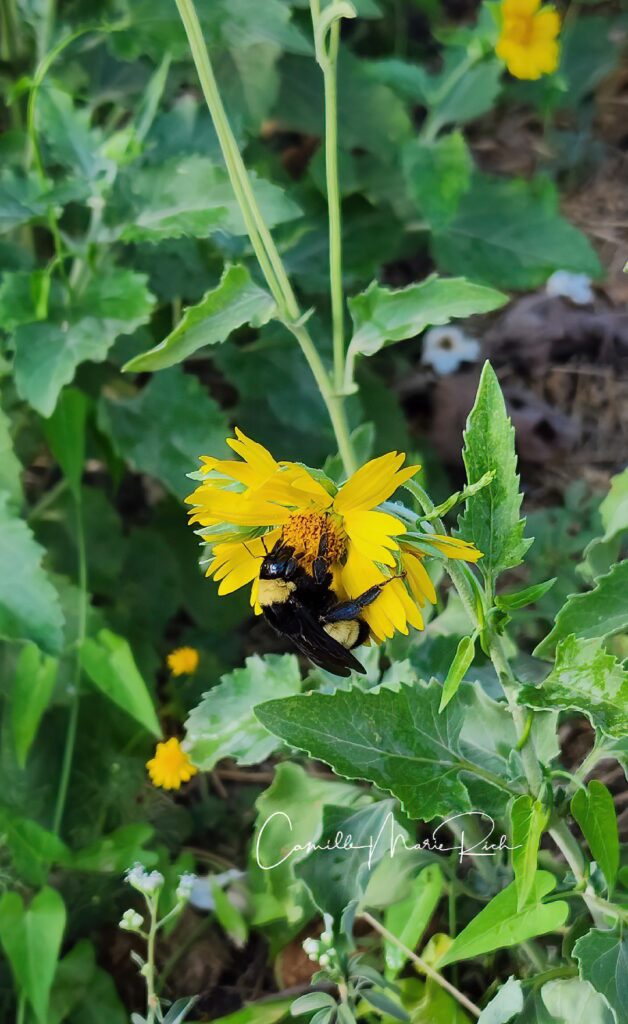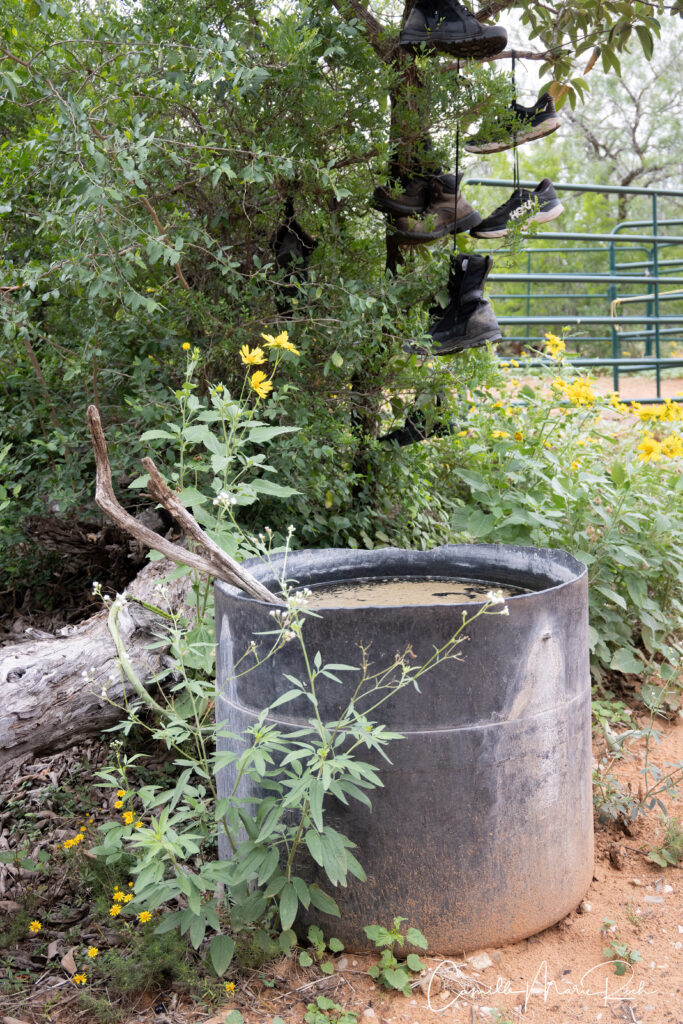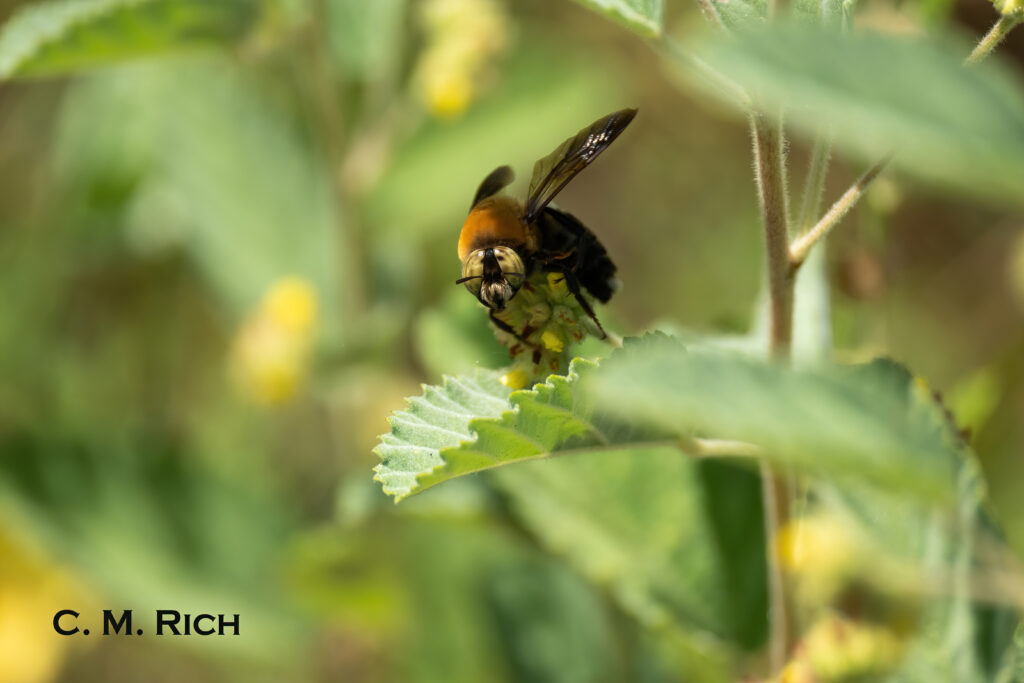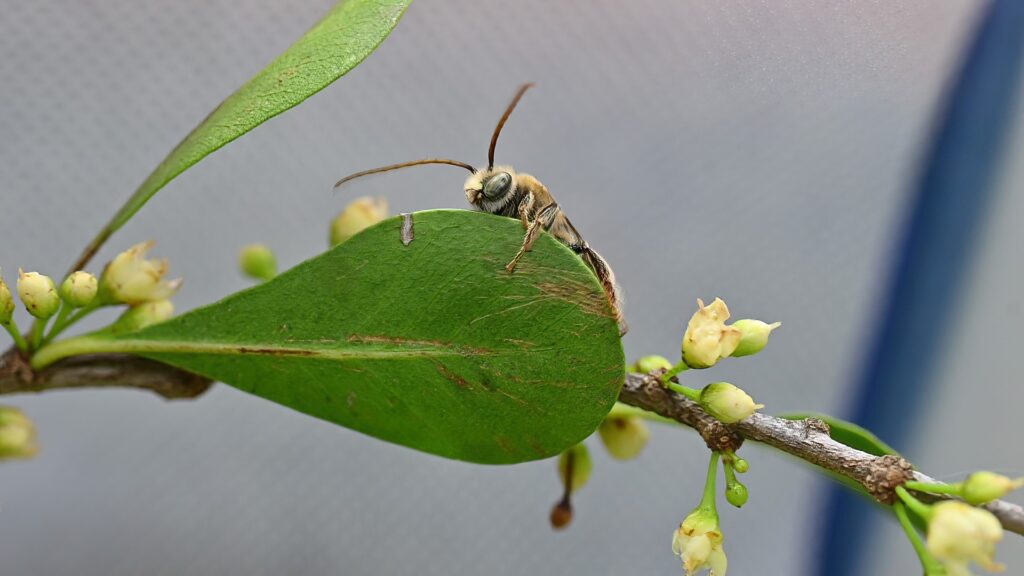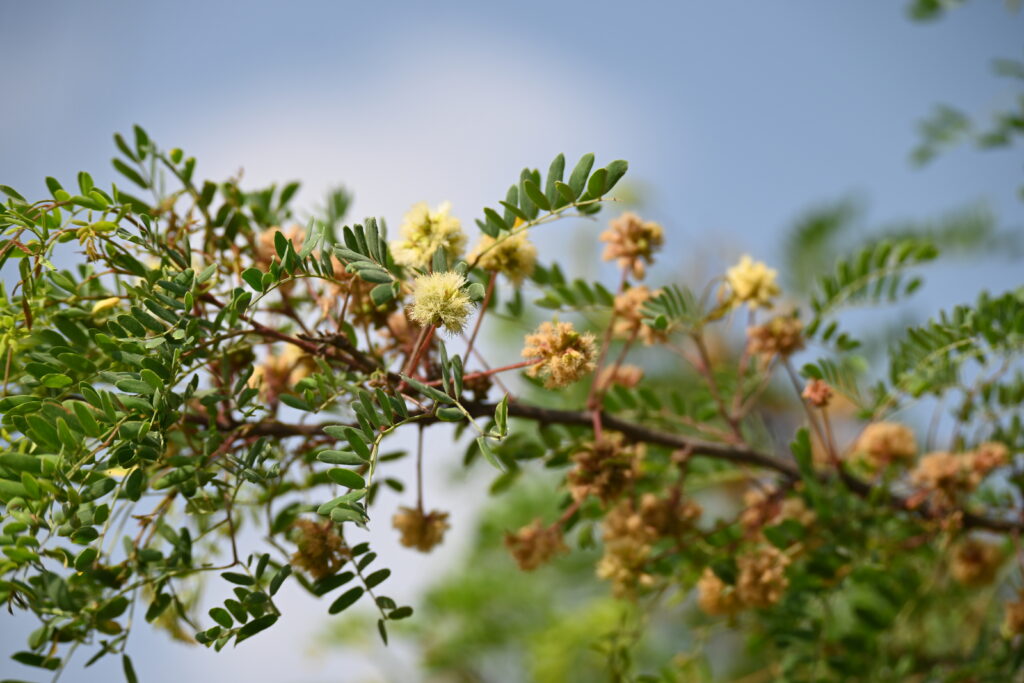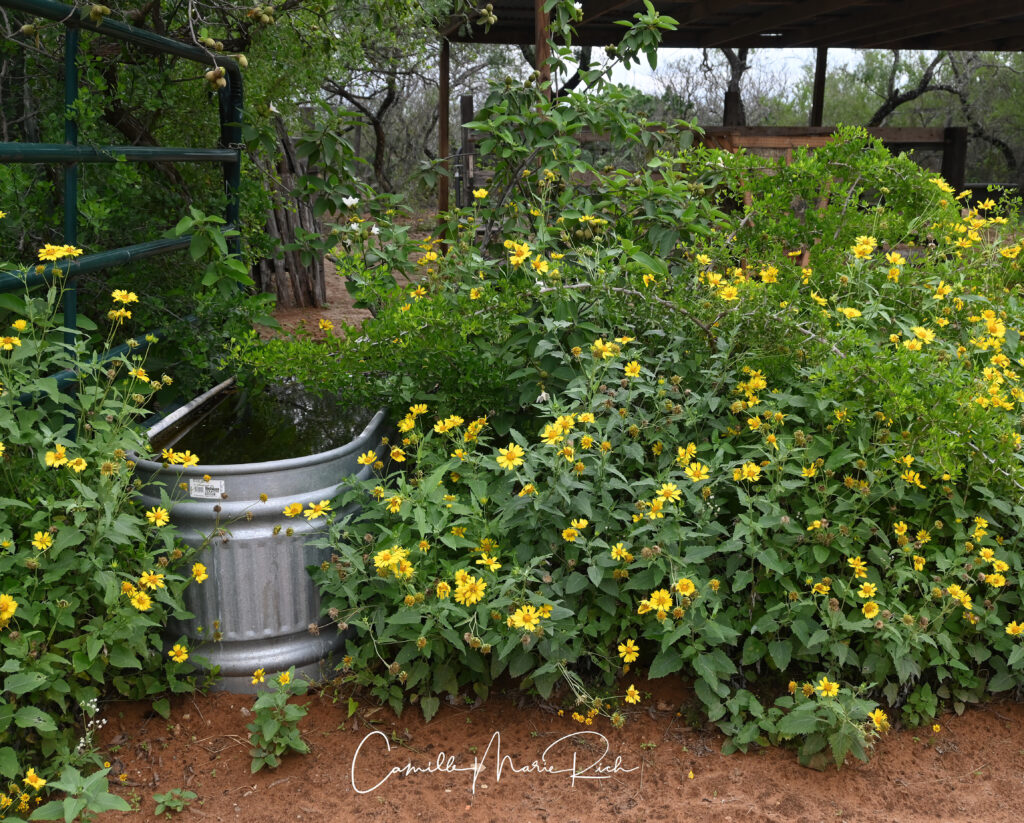
On one particularly hot, humid Spring Day, back in 2022, before I began working on my chore list at the ranch and arboretum for that day, I took a few moments to glance around at the habitat to see if anything of note stood out that needed to be addressed first. Although I did not see anything that warranted it be urgently moved to the top of my chore list for that day, one thing was glaringly apparent. There were no blooms on any plant material to speak of. Drought conditions had negatively affected the entire Tamaulipan Thornscrub habitat, right down to the lack of wildflowers. As I skimmed and scanned, I was disheartened to note that there were very few native pollinators out and about either.
As a Citizen Scientist and Texas Master Naturalist, the lack of bountiful blooms, and just a handful of native pollinators observed on a quick walking tour that day, was both troubling and problematic. Truthfully, I was horrified and saddened. I felt an overwhelming need to try and arrive at some sort of solution to the current state of the dry, arid, bloomless habitat on the spot. However, temperatures rose quickly, and I needed to get to work. Therefore, I tucked the dilemma away for future contemplation and moved forward with my list of chores.
After almost a full day of work in the hot sun, I was exhausted. Consequently, I took a moment to stop and enjoy the beautiful clouds that hung effortlessly in the sky for a few minutes so I could catch my breath. That is about the time I noticed an extremely large black and yellow bee on a Cowpen daisy. A pollinator! I quickly grabbed my cellphone and began recording video of this large, fuzzy bee. Almost as soon as I began recording the bee, it flew off. I hoped that I had been able to get enough video of the bee to distinguish which native bee it might have been.
I stepped over into the shade of a Mesquite tree and reviewed the video. Much to my surprise, the bee I had recorded was an American bumble bee! I was ecstatic as this was my first American bumble bee sighting on the property. Additionally, given the fact that just hours before I had observed a mere handful of native pollinators flying, buzzing, and darting around, it lifted my spirits and gave me hope. I prolonged my rest break and spent a few more minutes trying to figure out why an American bumble bee had visited the property. Was there something I could learn from this large, fuzzy bee?
After a few minutes of staring at the little green patch of blooming native plant material where I had seen the bee, it occurred to me that the reason the bee was on the Cowpen daisy was because it was one of the few plants that was in bloom at the time. That made perfect sense. My mind quickly moved on to the question, “Why was the daisy blooming?” The daisy was blooming, because it had grown up beside the livestock water trough and had access to water that overflowed out of the trough and out onto the soil.
It was at that precise moment that I had my epiphany: “What if I corralled the water overflowing out of the livestock trough to help increase blooming, native plant material year-round?” That question was quickly followed by, “How could I corral the water?” The answer to that question was immediately obvious to me. After watching my grandparents working in their yard for years, I knew I could install a dirt border around the low spot that had naturally formed beside the livestock water trough. That was simple enough, and totally doable. All I needed was my shovel and time dedicated to both creating and maintaining the dirt border. I immediately got back to work and took my shovel and created a dirt border around the edge of a single livestock water trough.
Things have not been the same since I began corralling “overflow” water in 2022. I am happy to report that areas around numerous livestock water troughs are now sporting dirt borders of their own and boasting lush areas of native plant material loaded with blooms. All manner of pollinators, as well as other wildlife, have also come to rely on these small microecosystems, if you will, for their food, shelter, and nesting material. That single, solitary American bumble bee gets all the credit for flying into my life and getting my attention, causing me to ponder and extend my thinking to methods that I could find and utilize to increase thriving, blooming, native plant material for pollinators that involved minimal cost and minimal labor.
In closing, I must share the latest, extraordinary chapter in this story. On a hot, humid spring day this year, I observed and documented another single, solitary American bumble bee visiting a Cowpen daisy not ten (10) feet from the exact spot where I spotted an American bumble bee visiting a Cowpen daisy on that fateful hot, humid day back in the Spring of 2022. Pretty cool, right?
